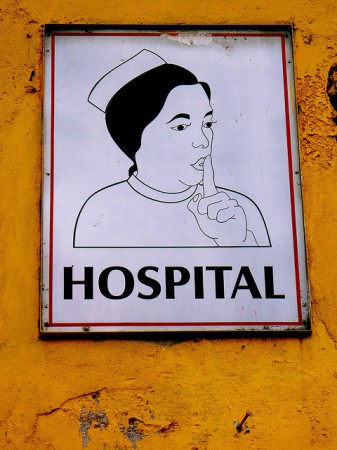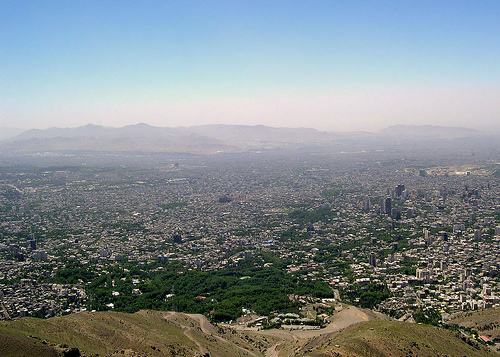
To understand the United States’ role in the world, familiarity with the various frames that decision makers in Washington rely on when formulating foreign policy is helpful. Most statecraft blends these, kind of like a color wheel. The basic contours, however, personified by four giants of American history, are as follows:
The Extroverts
Hamiltonianism maintains that the US should pursue a realist foreign policy, balancing interests, especially material ones, and fundamentally seeks to promote an expansionist agenda. Hamiltonians support a robust national security establishment, a strong dollar policy and a muscular industrial base; in effect the US from WWI to the Great Recession. Domestically, these are the establishment Republicans exemplified by figures such as father George H. W. Bush.
Wilsonianism also subscribes to the furtherance of the Pax Americana. But whereas Hamiltonians favor material interests, Wilsonians emphasize the normative, touchy-feely moral aspects of foreign policymaking. Wilsonians are frequently labeled idealists, like to set up international institutions, are bleeding-heart humanitarian interventionists, prefer to co-opt other states rather than impose their will on them, and ultimately seek to consolidate a global society defined by liberal American values.


 /flickr
/flickr

